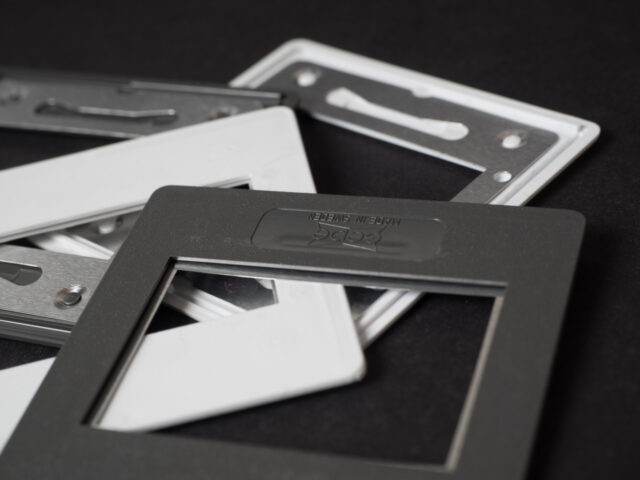
For decades, slide film was the material of choice for many serious photographers, whether pros or amateurs. Image quality and projection experience were unmatched. But despite the revival of film photography, the age of the slide seems to be drawing to a close. Only a few films are still on the market, while digital projectors get better and better. Time to say goodbye?
I was overcome by the pain of parting when I read this small and actually trivial email. It came from the Gepe company. I had always bought the brand of slide mounts. Model 7011, with a metal mask, the slides lie super-flat in it, they hardly bulge during projection and have a wonderfully sharp margin. Now my stock was running low, I couldn’t find any supplies anywhere. Gepe wrote: “Sorry, we don’t make slide mounts anymore.” Over and done with. It was a hard moment for me.
Of course, there are other slide mounts, and quite good ones too. But I felt that something was coming to an end – and not just my framing workflow. For the first time, I realised that the long era of photographing on slide film might be over for me too. And yes, I became a little sentimental. Since 1988, I had worked extensively on colour transparency film. A perfect slide – framing, focus, exposure, the right moment, a strong message and a compelling composition – had always been my ambition. And now this. Gepe lets me down and confronts me with an uncomfortable question that I had long avoided.

I had mainly used black and white film for my journalistic work from the late 80s to the late 90s. Colour negative film seemed to be more for amateurs, for point-and-shoot cameras with inaccurate exposure control and rather approximate framing (later I, shot slide films with my humble Olympus Mju-II and was impressed by the good results). On a print from the negative, you still had the chance to correct something. On the slide, you never had this opportunity except with enormous effort. It is the ultimate challenge. Get it right or mess it up. One or zero. A neat binary choice for an analogue world.
I stuck by slide film even when the whole world was already taking digital photos. Every year I took photos of the children, shot a few rolls on holiday, and documented other important events. The slide just seemed more durable than a file. You can look at it and decode it without any technical device, it survives every hard drive crash. What’s more, projected to 1.5 by 1.5 metres, it creates an incredible visual experience. So much detail, such beautiful colours, such fine nuances!
Before I become too effusive, let’s take a brief look at the history of the slide as we know it (in fact, the backlit and projected image has a much longer history, but this really is a different story). It was the way to go for many photographers when colour started to take over after WW II. The Kodachrome process was basically invented in 1935, the alternative and cheaper (both in terms of film manufacturing and lab workflow) E-6 process followed later. With the growing popularity came a great selection of films, mounts, projectors and other accessories. The pinnacle was reached in the late 1990s and early 2000s when microprocessor-equipped control units for two, three or even more projectors (even featuring MP3 music and text synchronisation) allowed for exceptional slide shows.
Today, all this technology is available only on the secondhand market, and most manufacturers have long ceased to make projectors. They were produced by some of the last companies representing the photo industry in Germany: Kindermann in Ochsenfurt gave up the segment a couple of years ago. Rollei at Braunschweig, which built high-tech twin projectors with the unique possibility of running a cross-fade show from one single tray, went through several insolvencies. Today, it is not much more than a brand name for some accessory products. Leica first bought their competitor Zett, only to sell off their last Pradovits in bulk to resellers a few years later. Yet the company at least is alive and kicking (again). It seems that Braun in Nürnberg is one of the very last manufacturers still to offer new slide projectors.
With the shrinking market, the choice of slide film has become much smaller. There are some Fuji films left – all from the professional range. Sadly, the Sensia with its excellent value for money has long been discontinued. Kodak Alaris, the new company, re-introduced the legendary Ektachrome 100 in 2018 (oh yes, it is really a wonderful film). Lab processing is harder to find now, but some labs have fortunately specialised in niche products. Here in Germany, I have my occasional roll of slide film developed at MeinFilmLab which also offers excellent scanning.
If I am in the mood to do something really exotic, I shoot a roll of black-and-white slide film. The legendary Agfa Scala was discontinued years ago, but Adox offers a decent alternative (good source: Fotoimpex, Berlin, by online order). The tonal bandwidth of these images is simply breathtaking. There is a lab at Stuttgart (Studio 13) which processes the black-and-white reversal film until the end of the year 2021. From 2022, it will be difficult to find another lab, but there is some hope with a photographer in Berlin who offers processing. Developing black-and-white slides yourself is generally possible but complicated, and the risk of messing it up is considerable.
For me, the advantages of slide film become most evident when working in medium format. I rarely find the time to use my very old Hasselblad, but I regularly activate all shutter speeds on the lens, and it works flawlessly. But in the rare instances I expose a slide roll film and watch the pictures projected with a vintage Rollei projector, I am blown away by the enormous contrast, the natural colours, the unbelievable transitions between sharp and unsharp. No scan can give an idea of this.
My existing 35 mm slides get little attention today. I sometimes stage a small show for the family, more for nostalgic reasons (yes, children, your parents were young once), or I present some audio slide shows I produced after travelling through Ireland and England in the 1990s. They are fun and not much more, the photos are of mixed quality, to say the least. Taking a perfect slide is and remains much more difficult than getting a spectacular shot with your digital camera where you can control the complete imaging chain right into comprehensive post-processing. A slide is just as it comes from the lab.
I reported earlier here on Macfilos how I digitalised some 20,000 slides my father had left us. One day I imagine I will take this step with my own archive, retaining only a very small number of the original slides. They will be mainly the ones with people on them – people who mean or meant much to me. Add a few landscapes and cities, and that’s it. I have no real hurry with it, but it will be a job for next winter or so. Slides do not get better over time, even if stored safely. The colour conversation seems largely to depend on the brand, batch, process and the roll’s individual history (what happened before exposing and between exposing and processing?). Kodachrome is generally better; bad luck for me as someone who always preferred the E-6 process.
The idea of the slide show will survive, however, and not just through the parlance in PowerPoint presentations and the design of computer icons. The big screen and its auditorium remain attractive even as TV monitors become bigger, brighter and sharper. Electronic projectors have become much better and cheaper in the past few years. You can now buy decent models with 4K resolution for well under €1,000. But what I have seen so far seems okay, but not exciting.
It is a bit like watching photos on most TVs: You see over-saturated colours, sharpening artefacts and, all-in-all, an unnatural rendering. But with some fiddling in the settings, it should be possible to get good or even great quality. And one day, there might just be no alternative. The slide film is not the vinyl record of photography – the niche is simply too small, and the cost for the whole slide thing is rising fast. Film, processing and projector maintenance have become expensive. As Nelly Furtado once sang: “All good things come to an end”.
So maybe it is not at all strange that I see something fading away. Maybe it’s just a bit odd that my perception first set in only a year or so ago. Many others have had their mourning period long since. When Steve McCurry was allowed to expose the last roll of Kodachrome in 2009/2010, and National Geographic reported on it in detail, this was a first-class funeral. I worked almost exclusively with E-6 films and didn’t really understand the true message back then. I will, however, take a little time yet for my final farewell to the slides. I still have a small stock of films and mounts…
What do you think about the future of the slide film? Will it defend its niche position – or is it obsolete already now? When did you shoot your latest roll of slide film and will it be also your last? What special memories are connected with slides for you? What are you doing with your slides? Or are you glad you never got involved in this arcane pursuit?
Read more from the author
Want to contribute an article to Macfilos? It’s easy. Just click the “Write for Us” button. We’ll help with the writing and guide you through the process.

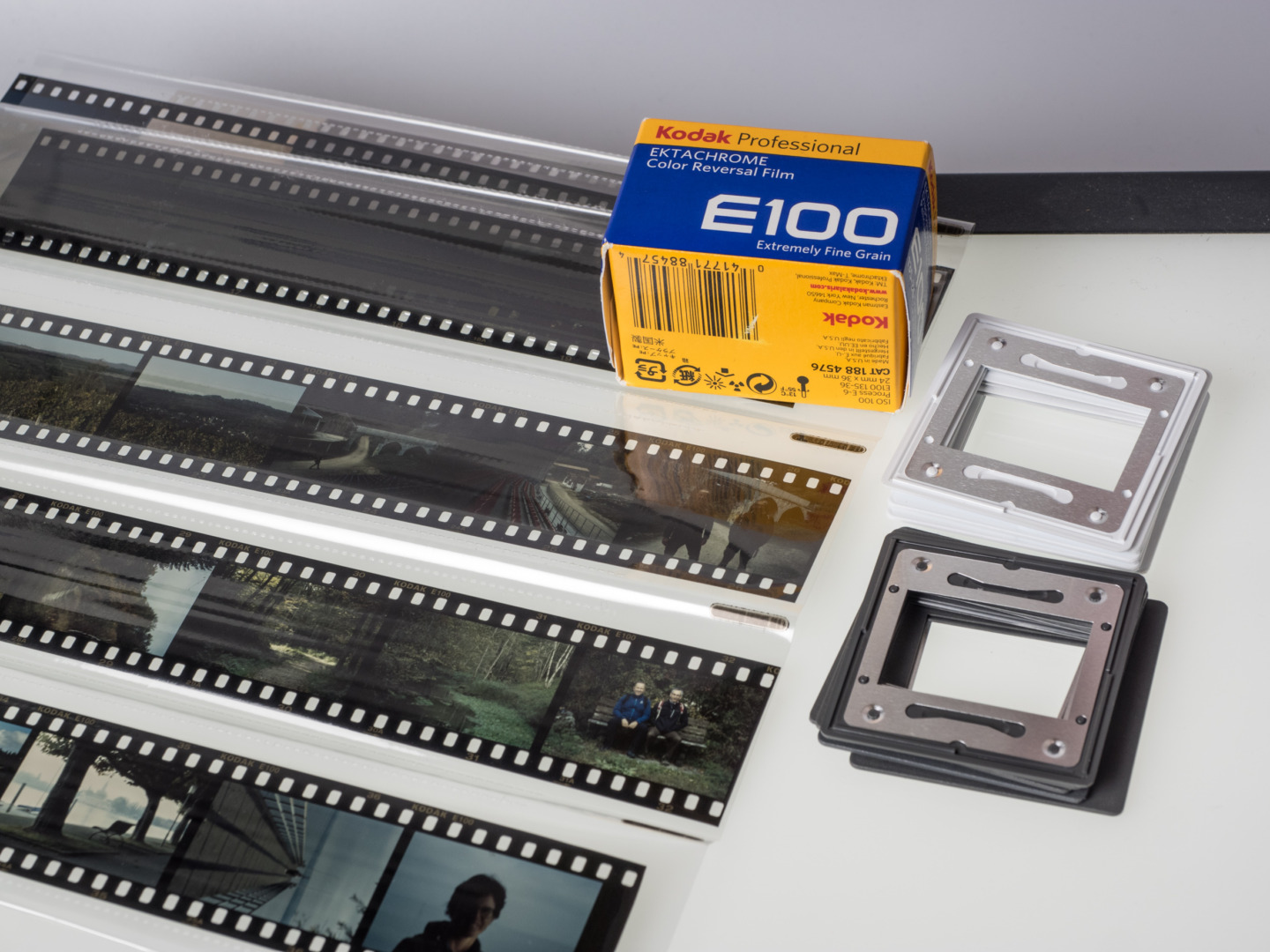
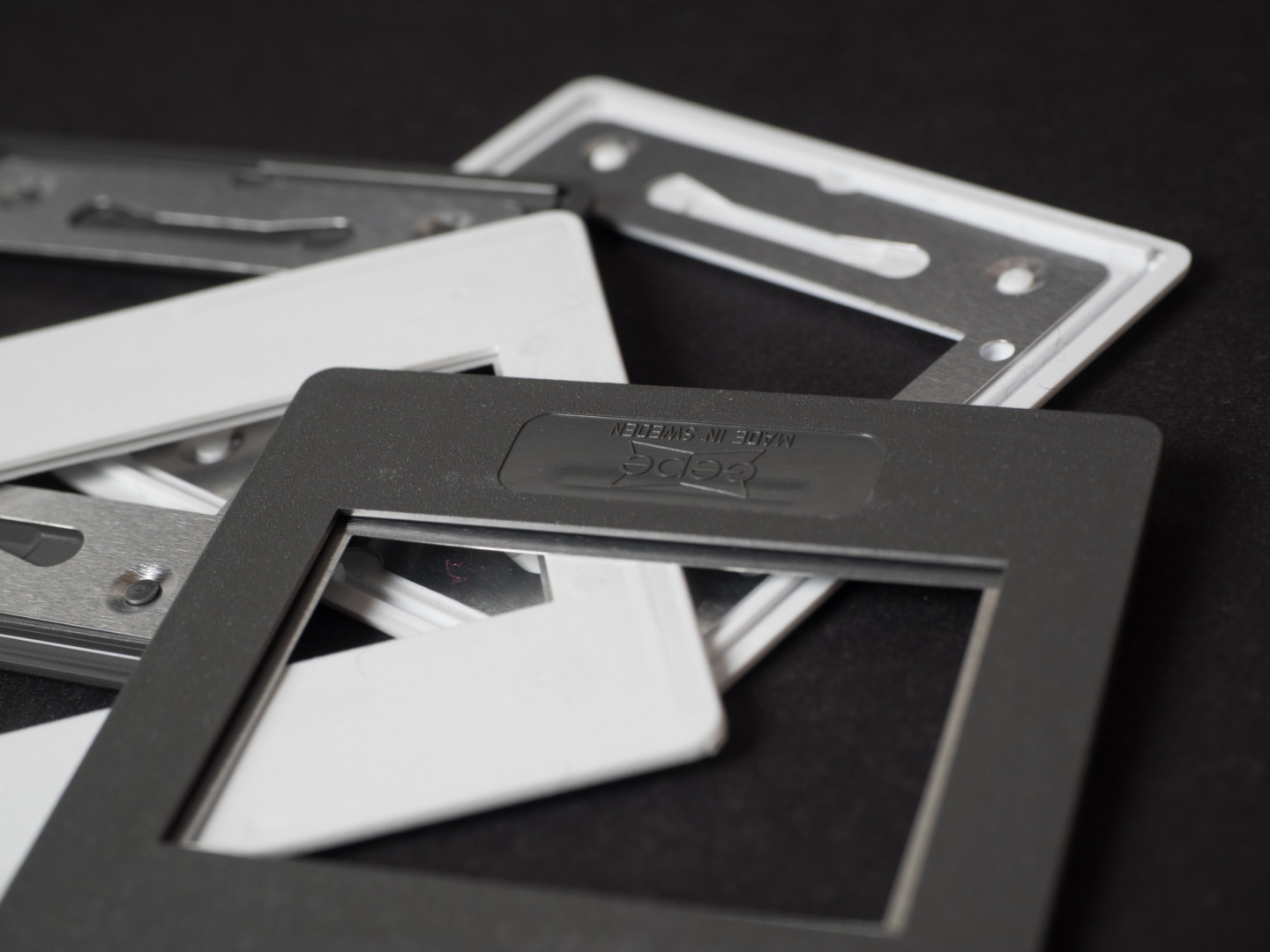
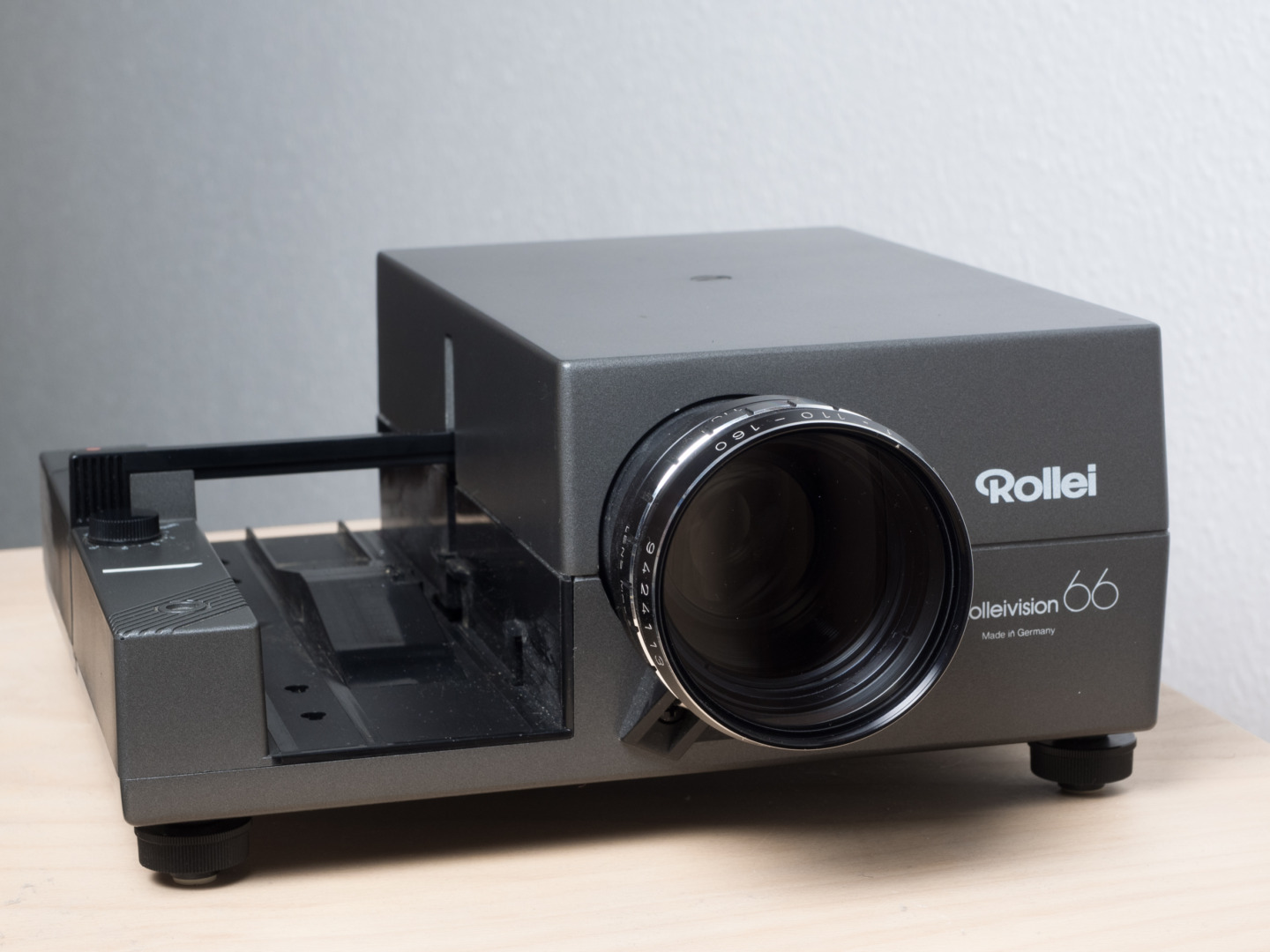
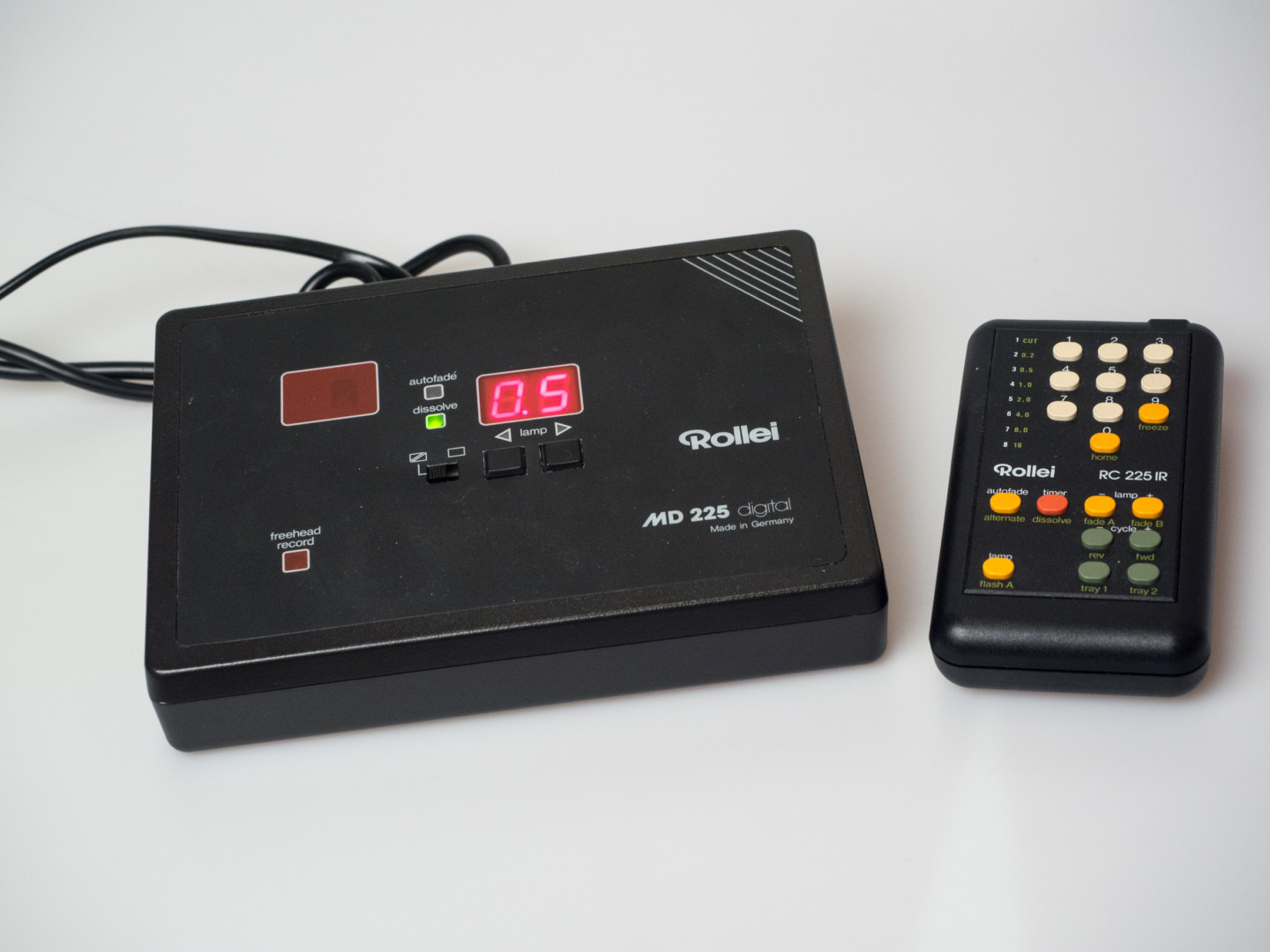
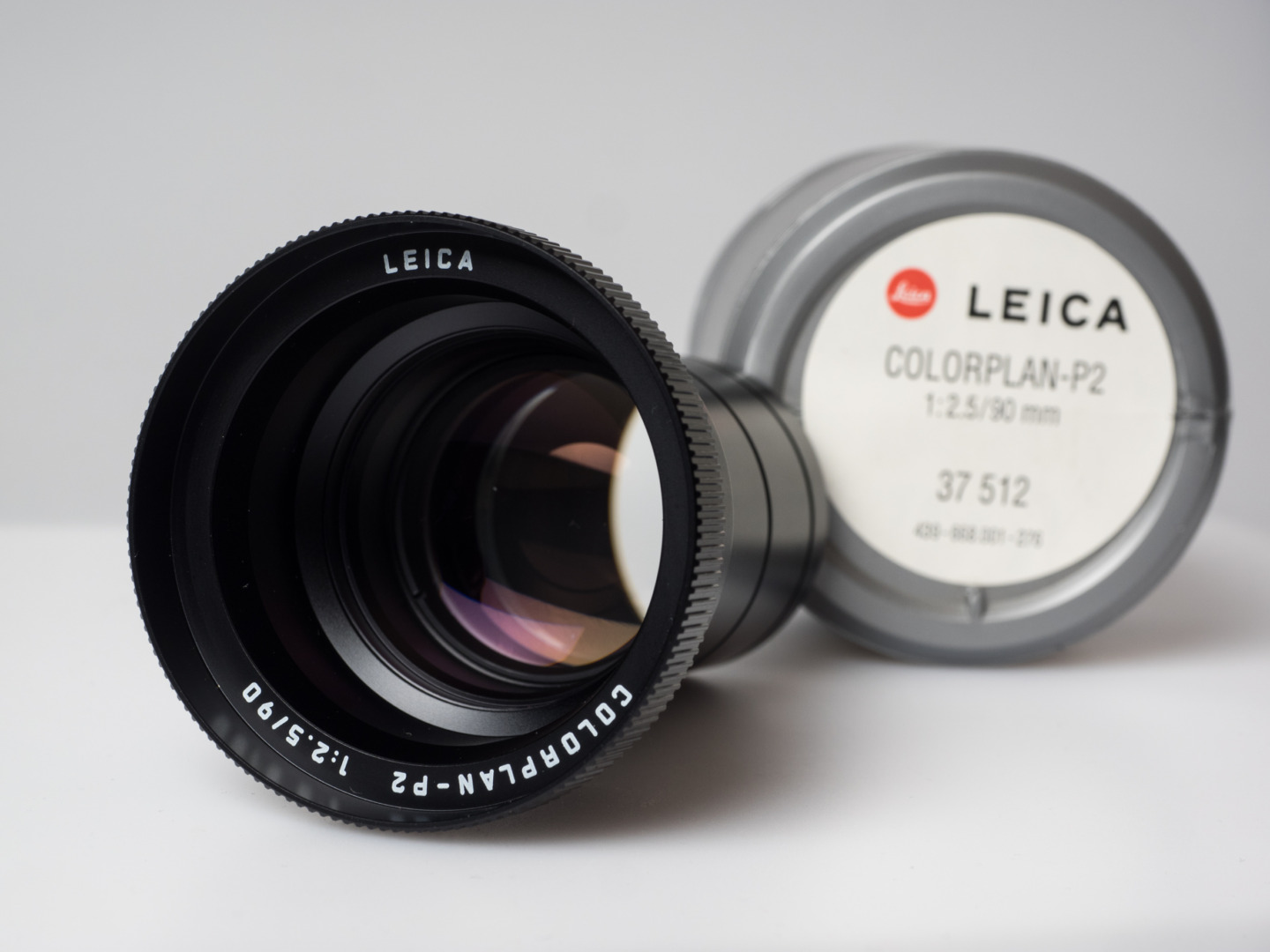
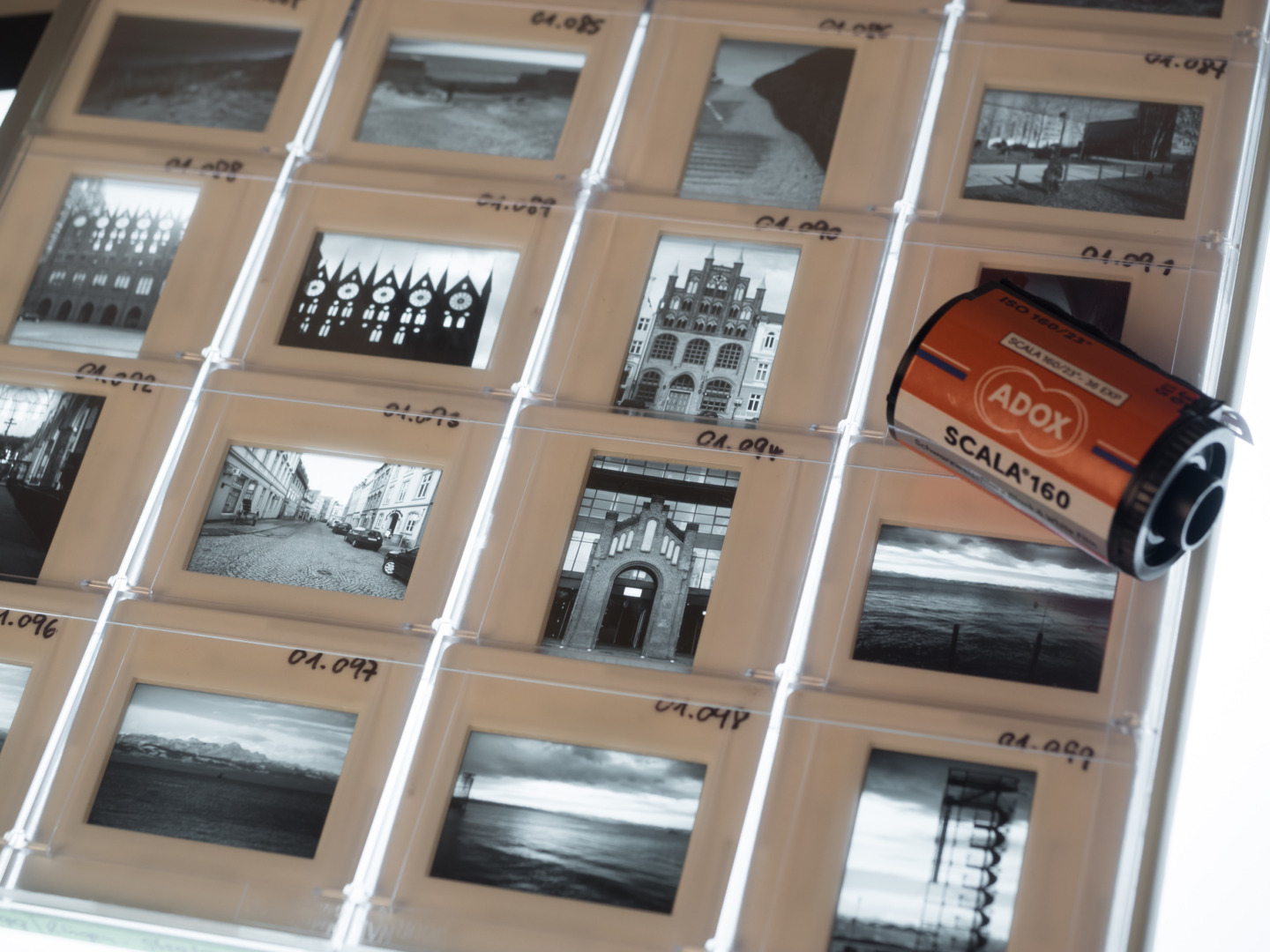
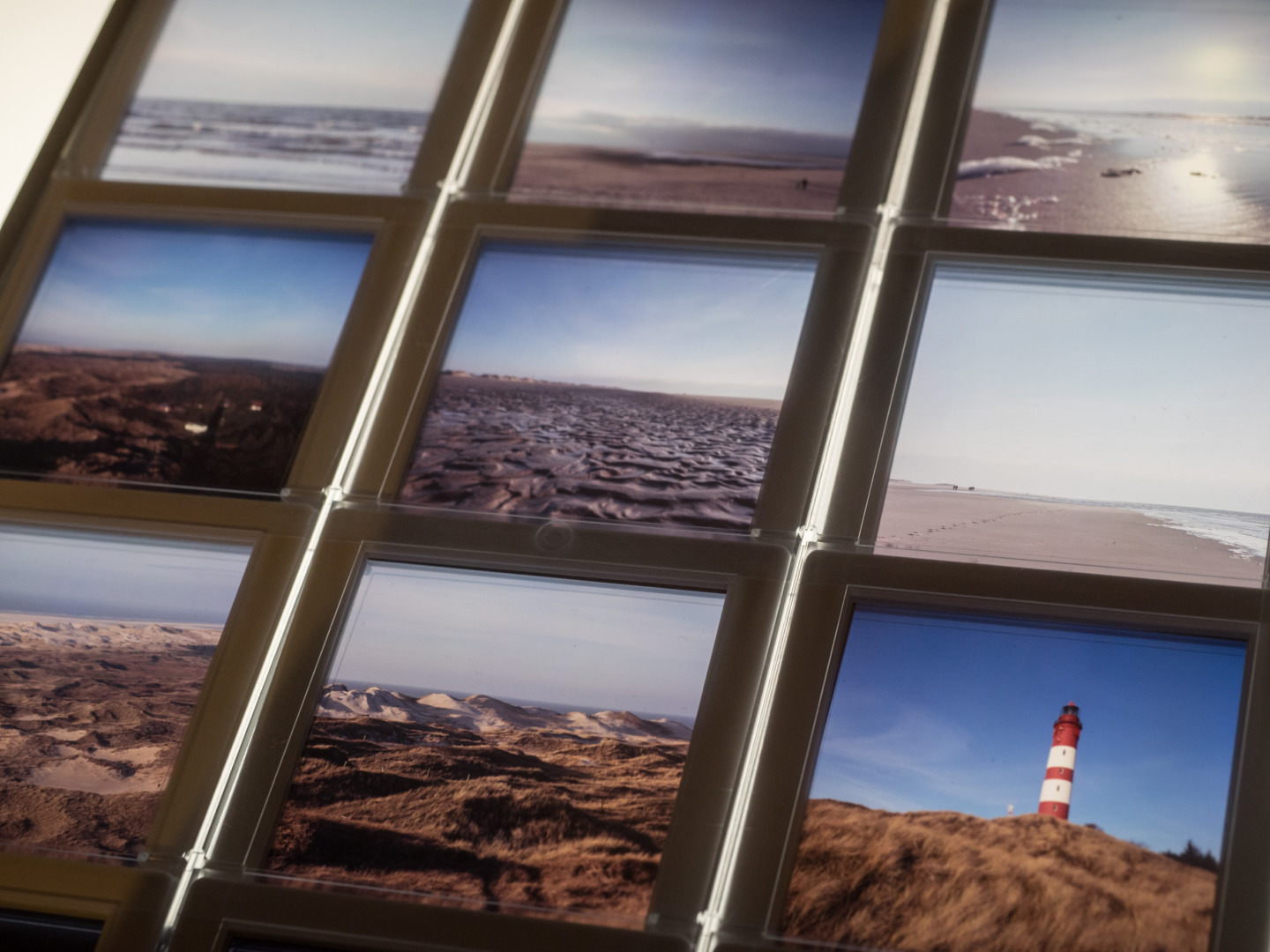
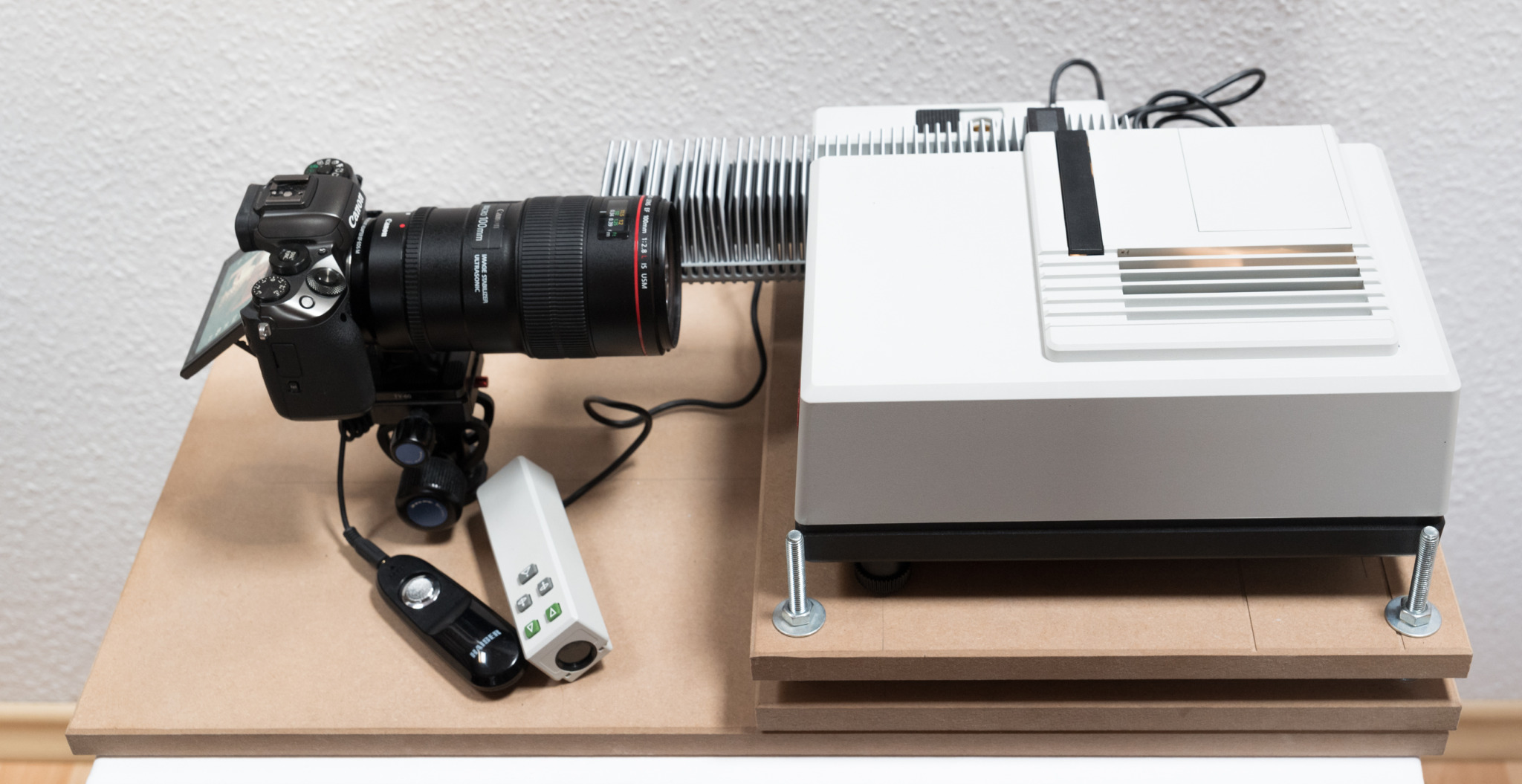
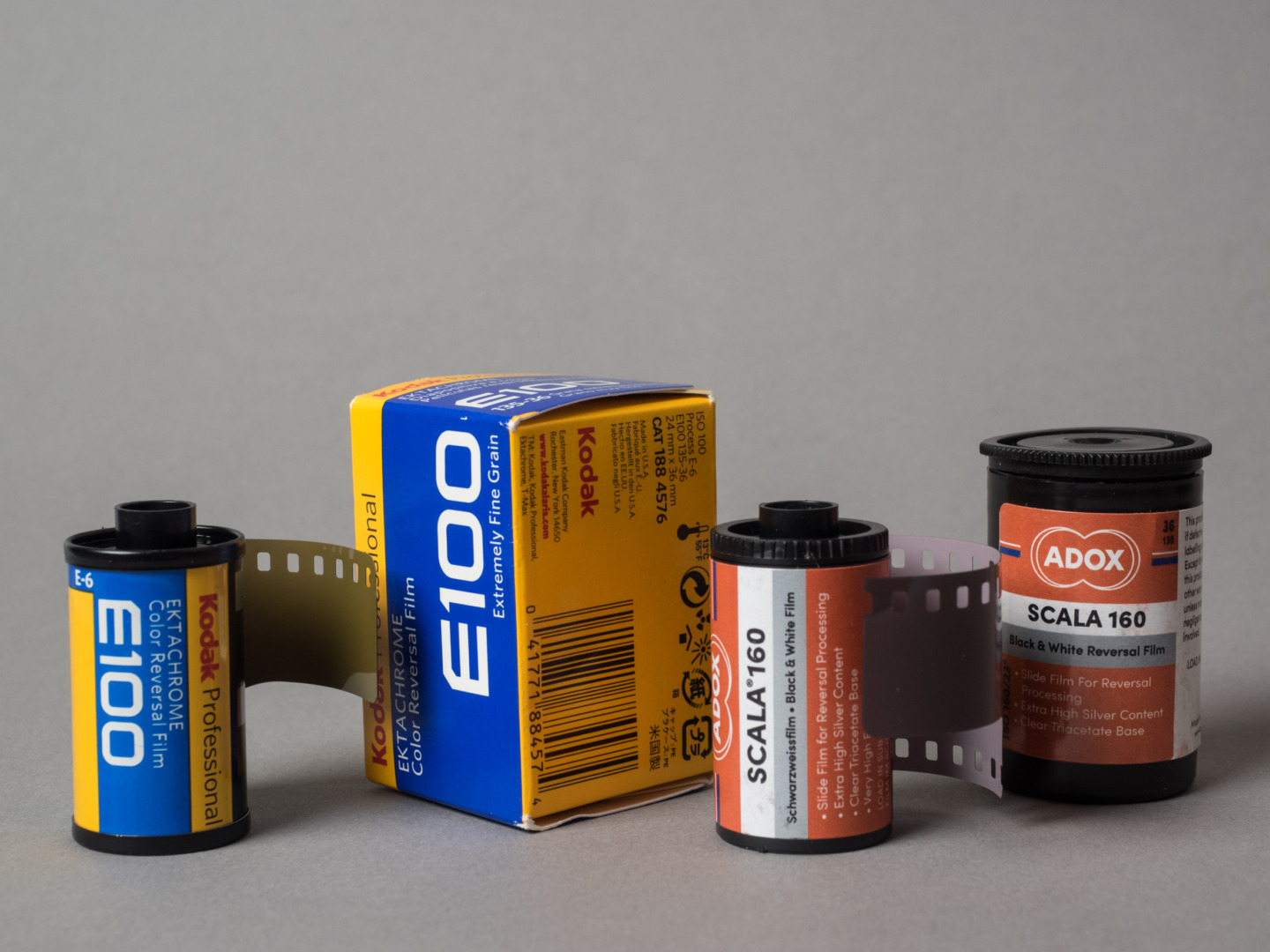
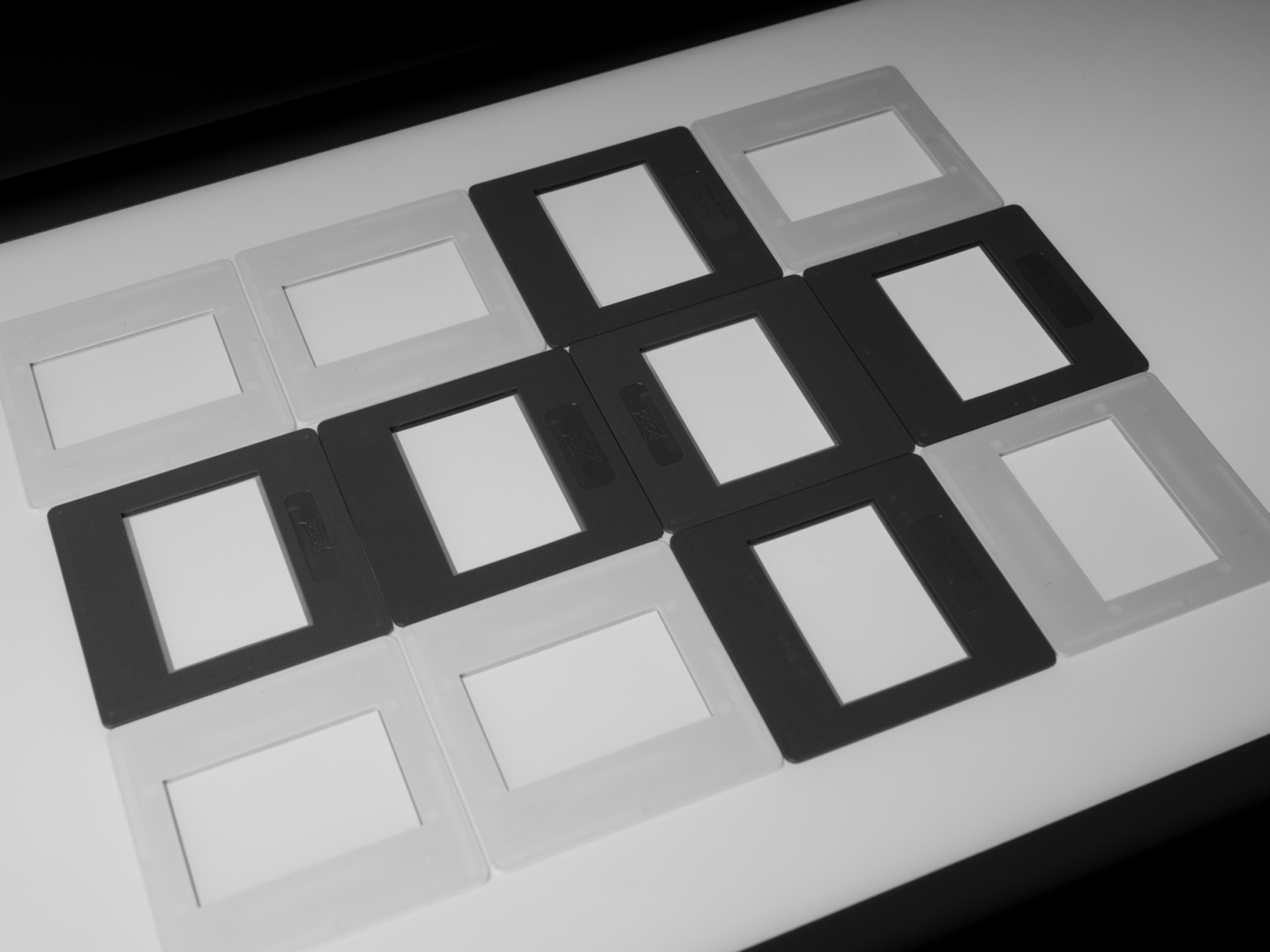
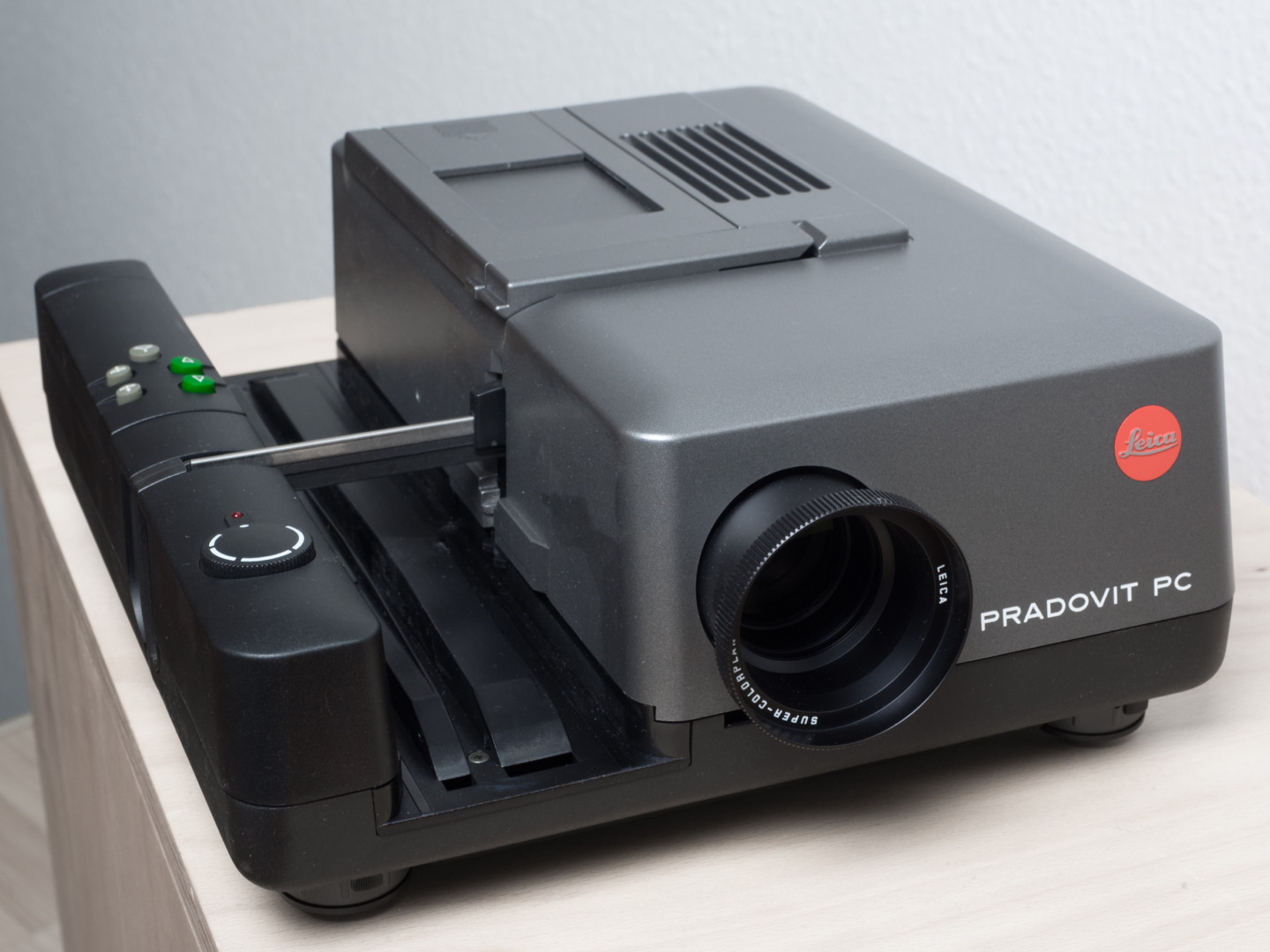




My dad was a photographer. I now have boxes of Gepe and Bonum slide mounts. Would someone be interested in them?
I hope someone has an interest. Can you tell us what country you are in because this would have a bearing?
With a processed roll of E6 costing over £30 – £20: 16 for film £10: 00 processing, this outlay is a deterrent for most photographers. Such a walk down memory lane is far too expensive. Reluctantly one has to admit the digital process is far superior.
John, good to hear from you. I tried to contact you two weeks ago with some interesting information but the email bounced. I also tried your web site. Can you send me a message to mike@macfilos.com?
Hello, I enjoyed reading your article about slide film. Where did you obtain the Kunz Journal slide trays and can they be purchased in the USA? They look pretty good for exposed slide film storage. At the present I use a vintage metal slide file 27-drawer cabinet with the small slide containers inside. Some of my photo accessories are inside as well. This is an on-going working project in progress.
I have other shoebox slides that needs to be filed, not sure how many I have amassed ( speculating 1000-3000 or more). Not sure all will fit in cabinet and I am looking for other storage solutions. I love using slides for better reproduction image quality. I am behind the times; I guess magazines are using digital photos verses slides for advertisements and publishing. Before the digital age, slides were being used.
Photography has always been a hobby of mine that I still enjoy. I would now like to turn that hobby in making some money from magazine publishers. I use three cameras, a Leica Q, M2, and a IIIf. It is a good thing that I have not sold my Leica P150 Prado Projector, I use it to digitize my slides with the Q. It looks like slide film is getting scarce, however I will buy and use out-of-date slide film, in particular Fujichrome (ISO 50, 100) and sometime Agfa and Kodak slide films.
“..I guess magazines are using digital photos verses slides for advertisements and publishing..”
Yup.
Thanks for your feedback. The transparent trays are excellent indeed. They appear to be still in production here in Germany and cost about €3.- each (yet, it IS an expensive way to store your slides). The manufacturer is called Kunze (www.journal24.com), maybe you want to write to them. The link on their website to their rep in the Americas is dead unfortunately. But maybe the know of a dealer over here. And as to the media: No one works with slides or negatives any more to be best of my knowledge apart from material from our archives. In our newsroom, this is also the main reason why we have some scanners left. Good luck for you – and don’t take any risk with long-outdated film. Good moments are too precious to work with bad material. JP
Hello JP,
Thanks for the info and response. Speaking about long-outdated film, I saw some advertised by a camera store today that expired in 2005 16 years ago, way out line. The only way to use film like that would be outside at night.
I exposed some film like that in 2016 in daylight the sky was a purple fuzzy color.
Thanks for this, Mike. I’d like to add that Kodachome also has its own movie! https://www.imdb.com/title/tt1880399 – it’s available on Netflix, I haven’t seen it yet. But I like the pun in the subtitle: “Over time, everything develops”. Maybe one of the community here has seen it and wants to share some thoughts about it. JP
We-ell, from the movie trailer it looks like a run of the mill corny/kitsch father/son/reconciliation road trip, based on the idea, or ‘hook’, of Steve McCurry’s last-roll-of-Kodachrome story ..rather like an end-of-film-school graduation movie; old, never-there father and resentful son reconciled as father is dying and taking one last trip together to the (fictional) last Kodachrome lab.
‘Scuse me while I put on – once again! – my special edition, comes-in-a-metal-box, never-before released on DVD, original 1982 edition of the immortal ‘Blade Runner’, and watch real brilliant and innovative masterpiece, instead of yet another a trite road/reconciliation sub-par heart-strings-tugging cliché.
[Wow, you’re in a bad mood today, David! ..Yes, it’s this darn 5-week-old lingering cold I’m still struggling with.]
On repeat viewing, blade runner has become more of an all encompassing mood piece or a sense of feel to me which seems to eclipse the story. I dare say that sense of inherent film noir hasn’t been exceeded by any contemporary movie including the recent sequel. My personal preference is the directors cut without Ford’s jaded sounding narrative voice over. I have nothing but reverence for Rutger Hauers finest moment as Roy Batty. It’s up there with Sean Connery’s performance in The Untouchables where he says never bring a knife into a gun fight.
..Splutter, splutter..
“..the directors cut without Ford’s jaded sounding narrative voice over..” ..b-but that’s what makes it the futuristic Philip Marlowe-esque detective story which it is ..that’s what links the past (Raymond Chandler, and black-&-white movies of the 1940s) with the ‘present’ (..we-ell, 2019’s future..) ..it’s the development of a Marlowe story, but setting it in the ‘future’!
..And the ‘Director’s Cut’ has that dreadful 17 seconds'(?) worth of unicorn ..and stops dead when Deckard and Rachael get into the lift ..BAM! ..straight into the closing music and credits, with no ‘breathing space’.
The original? ..A closing segment with Deckard and Rachael flying over (Stanley Kubrick’s out-takes from ‘The Shining’) ..upbeat, optimistic countryside, giving the audience a minute to ‘wind down’ after all the excitement and novelty we’ve been watching for two hours ..and ending with the greatest last line of any film, anywhere: “..I didn’t know how long we had together … who does?”
With that, the audience’s attention turns from the images we’ve been watching onscreen ..to our own lives, our own loves and our own allegiances – Phew –
(Sorry to’ve hi-jacked this feature about the future of slide film, and turned it into cinema film ..but then ‘Macfilos’ was hi-jacked – or transmogrified, anyway – from Apple products to photography, so there is a bit of precedent!)
Es tut mir leid David. My apologies. I intended to say the Final Cut. The directors cut is the version just before. Personally, I feel that Deckard’s voice over strong arms the audience into the story. The movie as such is already a study of consummate film making. That voice over is as hard boiled as noir gets perhaps. Like tears in the rain eh David ? At least we both like the same movie. You take care David and get well soon. I have fond experiences of watching a great many movies at the price charles cinema in London. Including The Irishman.
“..Like tears in the rain eh David ?..” (..sob, sob..)
Pass the hankie, Nurse..
Kodachrome had its very own song
https://www.youtube.com/watch?v=qrRRhoS3KFk
In the good times you had to send them to develop quite far. Now they do it just in Mars. Nowadays any decent sensor makes a better job. Still keep a bag with some hundreds of slides boxes. One of these days I’ll get rid of them. Nostalgic? No, thanks
Dear George, here in Germany, it is not sooo complicated to have a roll of slide film developed. But I can fully understand any photographer who looks back without any nostalgia. Thank God we still have some choices. And, yes, sensors have become excellent. Maybe you read my article about the Panasonic S5, a medium class camera that leaves not much to be desired. Except for the film vibes… All the best, JP
JP, no way to find your writing on S5; guess it has a good sensor.
About nostalgia, I shoot several monthly b&w 120 or 35 mm rolls that I develop myself. Just inertia, I guess, but it also has some excitement to make a pinhole camera with a peanuts can from time to time. Also, what other thing to do with an M7 other than using it? Thanks
Oh, certainly every big city has three or four professionals developing E6. Or you can DIY. But out of those metropolis you need to send it to Mars
Here we go, George: https://www.macfilos.com/2021/09/17/entering-the-l-mount-world-without-breaking-the-bank-or-your-back/ JP
Thanks. I read it then and have a look now. As CL user still in the point Lmount full frame and APSC are scarcely compatible; just share mount name and size.
By the way, imagine now to send it to develop say to Silverprint from any point in Europe… that goes to one of Mars moons!
A very interesting article that brings back my experience in photography. My favourite film was Kodachrome. I shot asa 25 when I could get away with it and had asa 64 as my fast film. I loaded my second camera with various black and white emulsions. I also enjoyed the experience of watching my b&w images emerge in the tray. I always washed my prints in a print washer and selenium toned them if appropriate.
I always wanted to take an Ansel Adams workshop but could not afford it at the time (Am I that old?). I then wanted to take a Fred Picker workshop but he disappeared as well.
I printed my kodachrome on Cibachrome but watching the drum go round and round was not as exciting as seeing a print emerge in the tray. I can say that the film days makes me a more thoughtful photographer before I press the shutter button.
However, I will never go back to film – digital these days has matured to the point of surpassing my dreams of expression in photography.
I can fully understand, Brian, I one tried Cibachrome, and all I remember is very much work, very expensive material and results that showed me that I would have to invest a lot (of work. time, money, patience) in order to reach some expertise. After all, it shaped your way iof taking pictures, I think. Thoughtful work remains (or better: gets even more) meaningful even in the digital age, and for me the Leica M is the perfect tool for such work (but not the only one I can think of for sure!). And yes, it is amazing what digital cameras can do nowadays. That’s far beyond anything if could have imagined as a film shooter. So have a good time without a single roll of film, JP
Thank you for another interesting and evocative read, Joerg-Peter. I’m slowly working my way through many magazines of slides, mostly of motor racing and aircraft, deciding which ones to scan – which of course means projecting them first. It’s a useful reminder of the impact of even a semi-competent slide compared with digital projection, maybe due to few (any?) digital projectors being able to produce properly black blacks, instead offering a dark grey. But as you say, some makes of slide have survived better than others – the Agafachrome 50S (which became 100S) often seems to attract mould, a shame as it was my favourite film for several years, but whether that’s due to Agfa’s processing (it was process-paid) or the film itself is anybody’s guess – it’s spent the past 40+ years in the company of mould-free Ektachrome, Fujichrome and so on. All just a matter of luck, perhaps.
Thanks, Tony, for your feedback. The different brands of film are ageing in very different ways. My father also shot a lot on Agfrachrome, and when I digitalised his slides, I saw fading colours, but no mould. Might rather have something to do with the lab on the first place rather than with storage condiditons. I keep my fingers crossed for you. Losing memories, even if it’s more on the material side, is always painful… JP
Your article comes as a well-timed dig in the ribs! I really must get my Agfacolor slides from the Near East in the early sixties out of hibernation and see how they have fared. Maybe they will have a better color in my memory than they have now on the film. I really enjoyed shooting Agfacolor with a Voigtländer Vito B – which I also still have. So as well as finding your story fascinating, I am grateful to you for reviving mine!
Thanks, John. I would be very interested to head about the outcome. Good luck, JP
Thanks Jörg Peter for your excellent article. I shot slides along with Black and white film from the early 1980s up to 2009 when I sold most of my analog equipment to finance my digital one. I’ve kept the excellent Olympus Mju:2 and an old Yashica FXD quartz which is similar to the Contax 139. My favorite films was the Kodachrome 64 asa. I then moved to the Fuji Velvia. I keep slides in a dust and lightproof place. I imagine I’ll have to put some sort of order in my archives and scan some of them in a near future. I still have my ligt box, my Leica magnifying lens (an amazing piece of glass) and my voigtlander projector. I fondly remember the magic of slide shows with he family looking at the holiday images. Yet what I regret most is processing B&W films, the red light, the smell of chemistry and your image slowly appearing on paper. Your article entices me into finding a local B&W lab and start again processing.
Jean
Dean Jean, I can only encourage you to go back to processing your B&W films. Stay tuned here on Macfilos, there will be a new article from me covering exactly this topic. If you do have a changing bag or invest a bit in one, you can start right away. If you did it before, you will get back your routine very fast! JP
Thanks for the trip down memory lane Jorg-Peter. Nothing in digital photography can compare with the thrill of a box of Kodachrome or Fujichrome slides being opened after the postman had pushed it through the letter box. Back in the 1980s and 1990s I won some medals and certificates for slides at the Dublin Camera Club. I even did ‘joiners’ for a while putting two slides together in a Gepe glass mount. There were downsides, such as the occasional appearance of ‘Newton’s Rings’ and a blower brush was a constant companion. Then there was the ‘home cinema’ with the lights out and everyone in their seats and the kids bumping against the screen, so you had to refocus the projector.
With my return to film cameras in recent years I have thought several times about doing slides as well as my usual Portra for colour or Tri-X or Fomapan for black and white negatives. I made enquiries with a local E6 processor and it was bit like ‘drop them in between 10 and 11 am on a Tuesday and you can collect them at about 6 pm the following Thursday week’. I gave up at that. Still I have the memories and loads of slides. The ones I really treasure are those which feature my two daughters , now in their 40s, when they were quite young. Thanks for making all those memories come back.
William
Thank you, William, for your comment. The home cinema is a cherished childhood memory also for me. And my kids (now teenagers) quite like it, too. Dad and Mom were young! As to processing, I send my films to MyFilmLab, and excellent mail order service here in Germany. You get the scans via a transfer link and the film by mail. Excellent quality and very careful handling of the material, but not cheap to say the least. Maybe you will find such a solution, too, or you stick to Portra and Tri-X. There is nothing wrong with either of them for sure! JP
I shot my last roll of slide film in around 2005, but I’ve recently discovered some E100G films at the back of the freezer, which must date from around that time. (I threw away the boxes and now don’t know what the ‘use by’ date was.) I grew up with slide film as the norm – both my parents were keen photographers and my childhood was documented in slides, not prints. Your article has prompted me to get those films out of the freezer and run them though a camera.
I hope it will work, Alan. Good luck – and maybe you will have amazing results. JP
Wie geht es dir JP ? Hoffentlich geht es dir gut. My rudimentary grasp of German has improved to the extent I can wish a friend well and order food. Thank you for sharing this. Technological breakthroughs in the name of convenience often fail in the sense that certain precious things are waylaid. Your slide collection is impressive and my sympathies that you’re considering digitising those slides. Travesty indeed. The demise of film is often trumpeted. Your slides are a repository of a lifetime of experiences and emotion. By the way I recently purchased a Hasselblad 500CM. I’m unsure if it’s the same model as yours. But it is a true mechanical marvel. Take care and stay safe JP.
Thanks, Baladino, for your kind feedback. I wish you much fun with your 500CM, that’s exactly the model I have owned for more than 20 years now. It a real classic and was built over decades. Perhaps you might want to try a slide film in it, the results will be amazing. But make sure you get your exposure correct as slide film is very unvorgiving in this resepct. JP
PS: Kompliment für die Bemühungen beim Erlernen der deutschen Sprache. Wenn die ersten großen Fortschritte erzielt sind, wird es leichter. Und als Belohung könnte man sich ja eine Reise nach Wetzlar vornehmen!